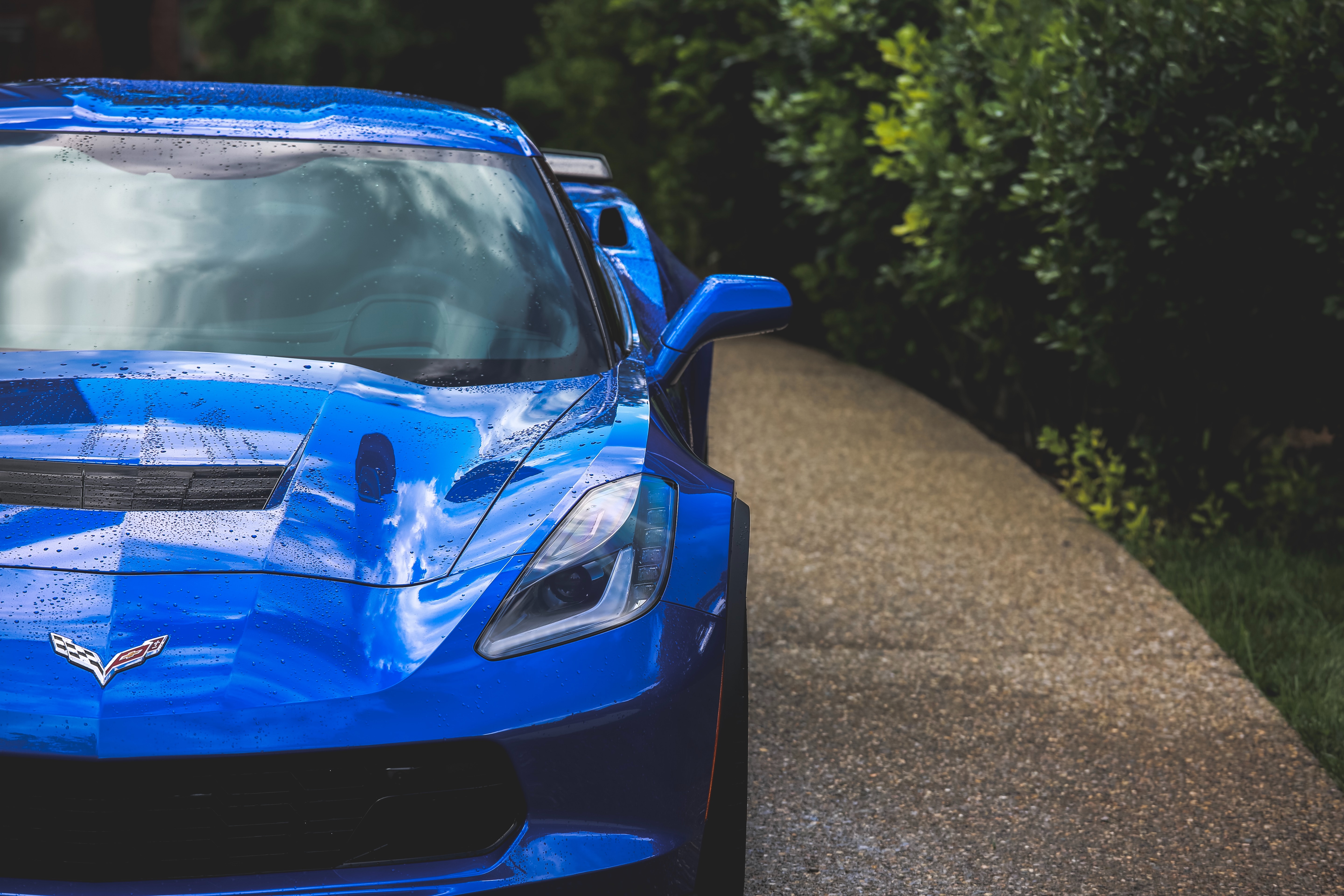Corvette Sales & Production Numbers
Covid and supply chain issues did nothing to slow down the demand for the Corvette. The real question is whether there were lasting impacts from these big global events that impacted just how many Corvettes are produced and sold. The good news is that the Corvette continue to win awards and it is in high demand. Let’s take a look at the total Corvette sales volumes for the last few years and see just how it stands up against the sales figures of Corvette’s of yesteryear. What kind of sales did the Corvette’s of the ’50s, ’60s or ’80s compare? Over the years this is a question we get a lot. How many Corvette’s sold in 1968? (answer =28,566) Which was Corvette’s highest selling year? (1979 @ 53,807 Corvette’s sold)?
You get the idea. We decided to put this online for people to be able to check out. Below are the Corvette Sales & Production Numbers by Year. We included a cool chart too and even broke out Corvette sales by body type too.
No Subscription? You’re missing out
Get immediate ad-free access to all our premium content.
Get Started



